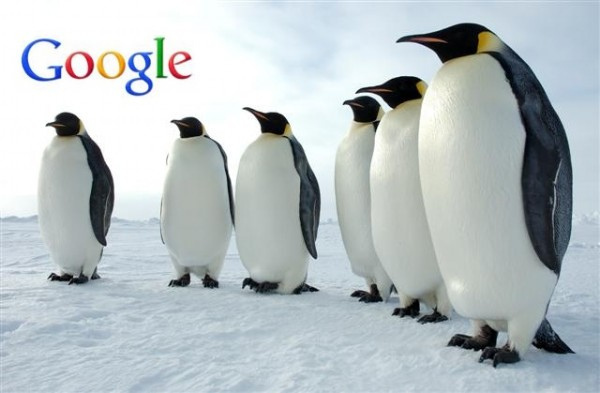On the 17th October 2014, Google rolled out the 6th stage of its Penguin filter update, the 3.0. Initially, the emphasis on this update was to fight spam and spammy techniques still being used to unethically boost a webpage’s ranking. And for all intents and purposes, the updated filter has worked well, affecting less than 1% of search results. But that number is lower than some expected, partly because of increased due diligence being carried out by seo companies who are dedicated to pursuing ‘white hat’ techniques.
The algorithm targets link-building methods and has helped to swing the balance back in the favour of on-site content. Previously, onsite would be around a 30% ranking factor whereas offsite was 70%. But now the balance seems to have shifted to around a 50/50 split, with greater emphasis on onsite structure, coding and content, in addition to incorporating natural linking strategies.
What does all this mean?
In a nutshell, if you have a website or a landing page that is flawed in any noticeable or often unnoticeable way, Google may still penalise you, even if you are careful regarding offsite linking strategies. Things such as hidden content on your site, poor use of meta tags, meta descriptions and on page content, keywords placed in URL’s (or website addresses for those who aren’t computer savvy) can all impact your sites performance and could all be key problems for website owners experiencing a drop in their rankings over the next few months .
Whilst Google will still be watching for those sites with poor, unethical use of external links, there is now more focus on what is happening on your website.
If your website has taken a hit recently, give us a call today and we’d be glad to help!
Author
Richard Morris
Senior Researcher





